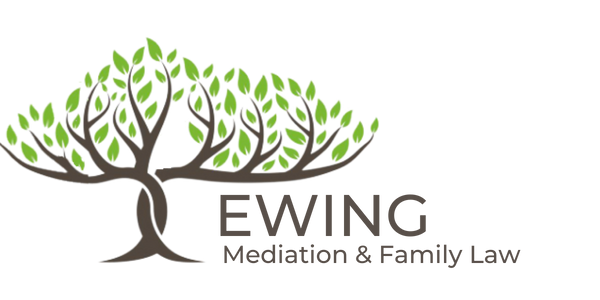Collaborative Divorce in El Segundo
Collaborative divorce in El Segundo, CA is a voluntary process in which couples who are separating or divorcing work with their attorneys to reach a mutually acceptable resolution of their divorce or separation issues. The goal of collaborative divorce is to avoid expensive litigation and to personally decide on mutually acceptable solutions.
Both parties and their attorneys sign a participation agreement in which all four agree to work together to disclose all relevant information to each other and resolve the issues in a cooperative, non-adversarial manner and not go to court.
Collaborative divorce is typically less stressful, faster and a more cost-effective alternative to litigation. It allows the parties to control the entire outcome to their mutual satisfaction rather than letting a judge decide the outcome, frequently to their mutual dissatisfaction and at a pace where months pass between each of many court appearances. Other professionals such as a financial advisor or a therapist may be brought in as desired by the couple.
Collaborative Divorce in El Segundo, CA
Collaborative divorce is a method in which you and your spouse, with the support of properly trained specialists, create a mutual agreement. Each of you hires a collaborative attorney who guides and advises you during negotiations. You each meet privately with your own attorney, and you all meet as a group. Depending on your specific circumstances, and if you choose, a collaborative divorce may also involve an accountant or child custody specialist to advise you.
The participation agreement requires the attorneys to withdraw if a settlement cannot be reached and the case proceeds to trial. You will not be represented in court by collaborative divorce attorneys, nor will the other team members you have been working with.
Once an agreement is reached, it will be drafted as a Judgment that is submitted to a family court judge for signature. The legal aspect of the divorce becomes an uncontested operation that avoids a trial, contentious hearings on points of evidence, and pre-trial procedures such as interrogatories and depositions.
Frequently Asked Questions Regarding Collaborative Divorce in El Segundo
What is a collaborative divorce?
A collaborative divorce is an alternative divorce procedure designed to reduce conflict, cost and time. Each side is represented by an attorney with specialized training in family/divorce law.Both parties collaborate to reach agreements on all significant issues, including property division and child custody.
How is Collaborative divorce different from Mediation?
With Mediation, both parties share a neutral third-party attorney to mediate, whereas in collaborative divorce, each party has their own attorney for advice. Both procedures are intended to be low-conflict, but a collaborative divorce is typically more extensive and typically takes longer than Mediation.
Can a single attorney represent both sides in a divorce?
No, a divorce attorney cannot represent both parties, as that would be a conflict of interest. In Mediation, both sides utilize the same attorney to ‘mediate’ between them as a neutral third party, and does not ‘represent’ either party. While this may seem confusing, it is important to understand that the mediator does not ‘represent’ you.
How long does the entire process take?
Typically, collaborative divorces can take between eight and twelve months to resolve. If parties are having difficulty resolving their issues, it may take longer.
What happens if a settlement cannot be reached?
If settlement cannot be reached, you and your spouse can consider other settlement options, such as mediation, which may allow you to continue using a non-litigation process. If either party decides to “fight it out in court,” the collaborative attorneys and any other team members must withdraw, and each party must hire a new attorney for the court proceedings.
I want to use the collaborative process, but how do I get my partner to agree?
Encourage him or her to explore the benefits of a collaborative divorce on their own and then discuss the pros and cons. You could also both go together to meet once with a collaborative attorney who will answer your preliminary questions and clarify the process to your satisfaction.

